The majority of Australia’s bonds sold in 2020 have gone to foreign investors
The government is using the money of foreign investors to pay off debts run up thanks to COVID-19, with tens of billions of dollars of government bonds going to overseas investors.
Police & Courts
Don't miss out on the headlines from Police & Courts. Followed categories will be added to My News.
- UNSW censors pro-human rights academic on China
- Telstra and NBN suffer outage as customers left furious
Overseas investors are cashing in on Australia’s debt pain, scrambling to buy up billions of dollars’ worth of government bonds issued to cover the country’s massive coronavirus bill.
The federal government has so far issued $734.4 billion worth of bonds to cover its ballooning debt, including about $47bn sold to investors this year alone — the majority of whom are based overseas.
The Australian Office of Financial Management estimates about 60 per cent of Australian Government Securities, or debt, is owned by “non-resident investors”.
But due to the capacity for bonds to be sold to secondary buyers, the figure held overseas could be much higher.
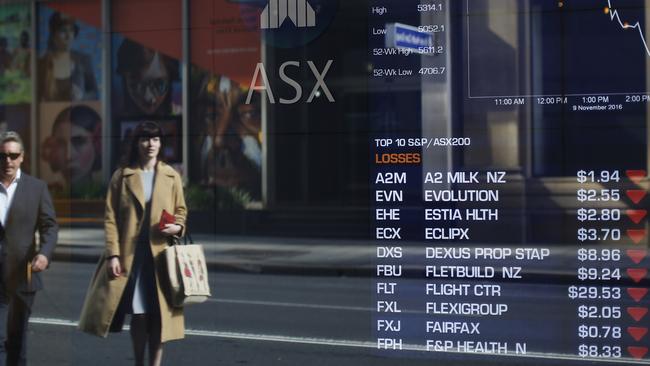
MORE NEWS
Bunnings joins Woolies mask stance as Vic COVID toll rises
China tensions to dominate US-Australia talks
How NSW is doing better than Victoria in the COVID fight
In order to cover its debt, the government issues bonds which can be bought by domestic or overseas investors, from banks and hedge funds to superannuation or insurance companies.
These investors earn money by charging Australia interest for the money it owes — a bill set to soar to $15bn a year based on current debt estimates.
About $389bn of Australian debt was owned by foreign investors as of September 2019, however this will have significantly increased due to the pandemic.
During a budget update last month, Treasurer Josh Frydenberg revealed Australia’s debt was expected to rise to about $851bn this financial year to cover the huge spend on coronavirus support measures and losses across the economy due to social-distance restrictions and border closures.
Japan is the biggest single foreign holder of Australian debt.
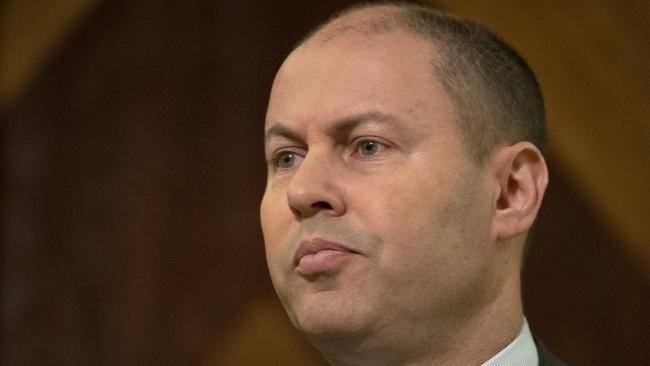
Based on data published by the Bank of Japan as of December 2018, total Japanese holdings in Australian dollar fixed income was around $250bn.
However banks and investors in other parts of Asia are buying up Australia’s debt from secondary owners at a higher rate than any other region, with the true extent of overseas holdings unknown to government officials.
Asia “excluding Japan” is the largest region buying up Australian bonds from other owners, according to the AOFM.
The department acknowledges Australian bonds are “continually changing” hands, however the government has little oversight of secondary transactions where a current holder sells their share to another.
International interest in Australian debt has only increased as the coronavirus crisis has worsened, with overseas investors considering the market as relatively safe during such an uncertain time.
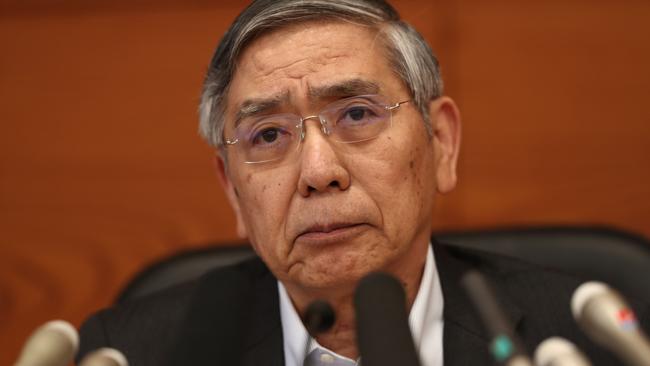
The sale of $15bn in 30-year bonds issued last week attracted more than 150 bidders, with about 66.86 per cent of purchases based overseas — the most internationally popular Australian government bond in almost a decade.
Scott Morrison welcomed the sale, which means the government can continue to cover its debt bill, saying last week it was a sign of confidence in the Australia’s financial management.
“The amount of new issuances we have had have been at record levels, combined together with T-notes, we’ve raised just some under $2bn in recent months,” the Prime Minister said.
“These have been oversubscribed.
“That is an indication of the confidence that the world’s financial markets have in both how Australia is managing, I think, the COVID pandemic, but also the financial management of the country through this pandemic.”
AMP Capital chief economist Shane Oliver told The Daily Telegraph Australia was offering a much better “yield” on its bonds — effectively giving investors a greater interest rate than other governments selling bonds during the COVID-19 crisis.
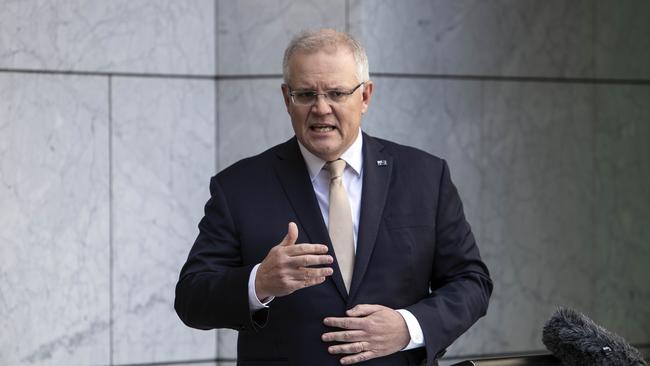
“We’re offering about 0.82 per cent yield on a 10-year bond,” Mr Oliver said.
“Whereas in Europe it’s below zero — you’re actually getting a negative rate of return.
“In the US it’s close to 0.5 per cent, so foreign investors look at Australia and say ‘sure, they’re putting on debt but the interest rate is much higher than we can get anywhere else at the moment’.”
Mr Oliver said Australia was “fortunate” it was not so reliant on foreign investors it could be easily impacted by the whims of other countries.
“It’s not like in the old days when Australia used to borrow in foreign currency … all of the borrowing is in Australian dollars and we’re not dependent on foreigners in terms of debt,” he said.
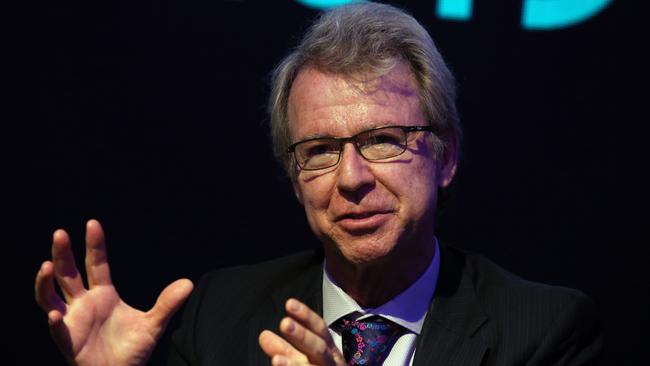
Despite the high figures — described as “eye watering” by Mr Frydenberg — Mr Oliver said it was “absolutely necessary” for Australia.
“The $850bn will probably take public debt to around 45 per cent of GDP, in World War II that level of public debt was around 130 per cent of GDP,” he said. “In billions of dollars the debt will be a record, but not relative to the size of the economy.
“Plus if you compare our debt to other countries, we’re in a much better position … looking at the net public debt position we’re about one quarter of what is in the US and other comparable countries like Europe and Japan.
“And don’t forget they’re piling on debt at the same rate, we’re never going to catch them up.”

